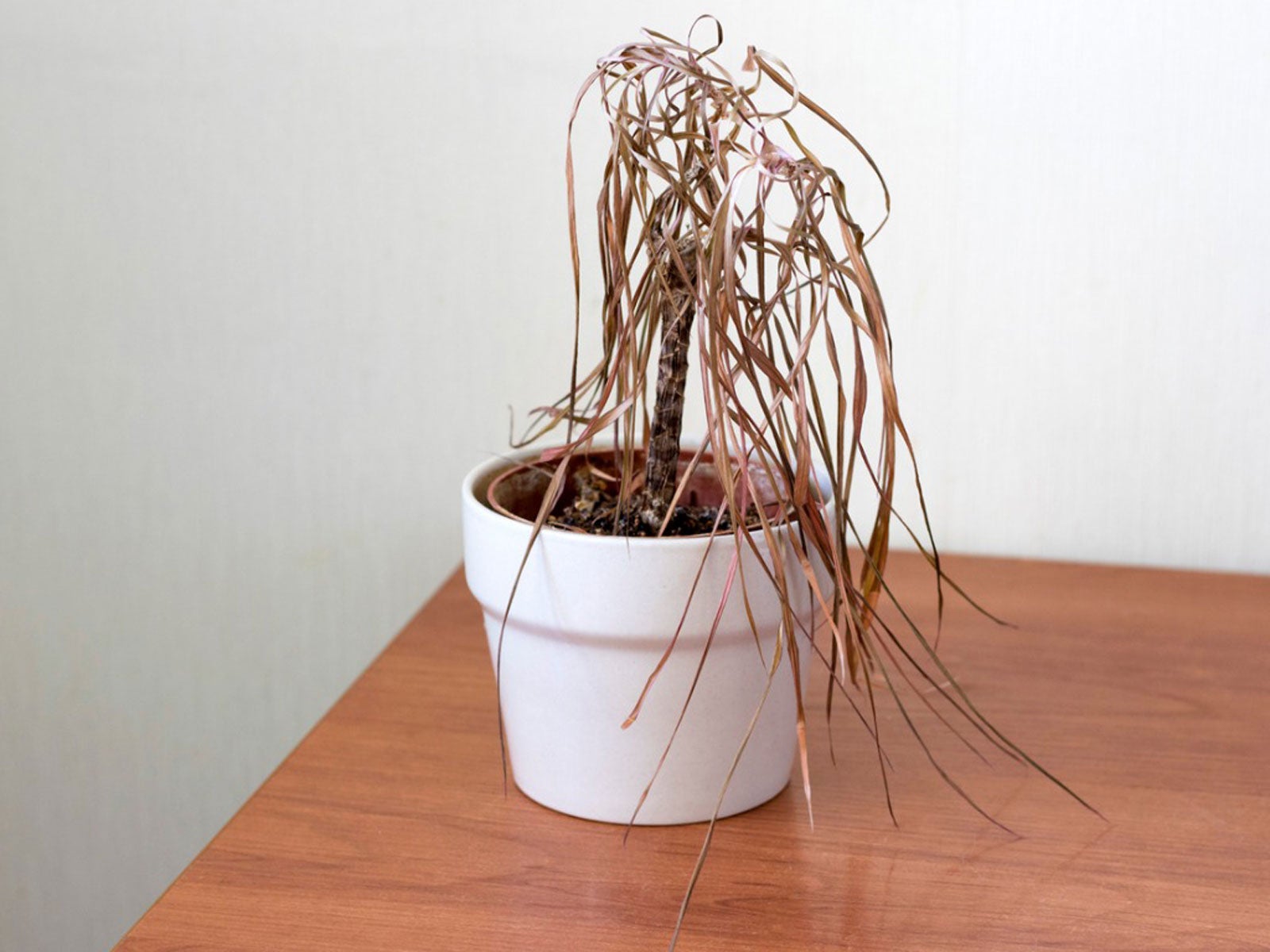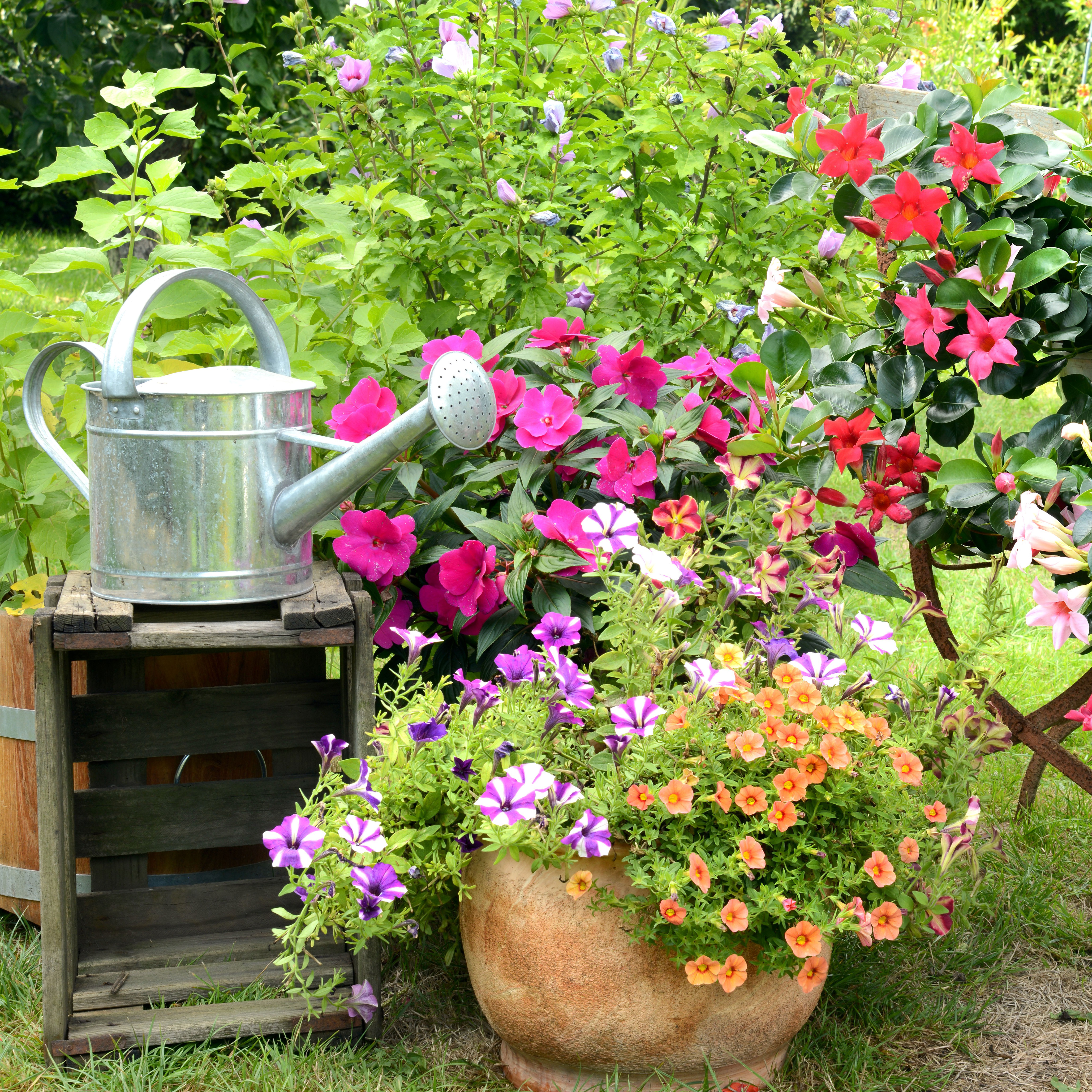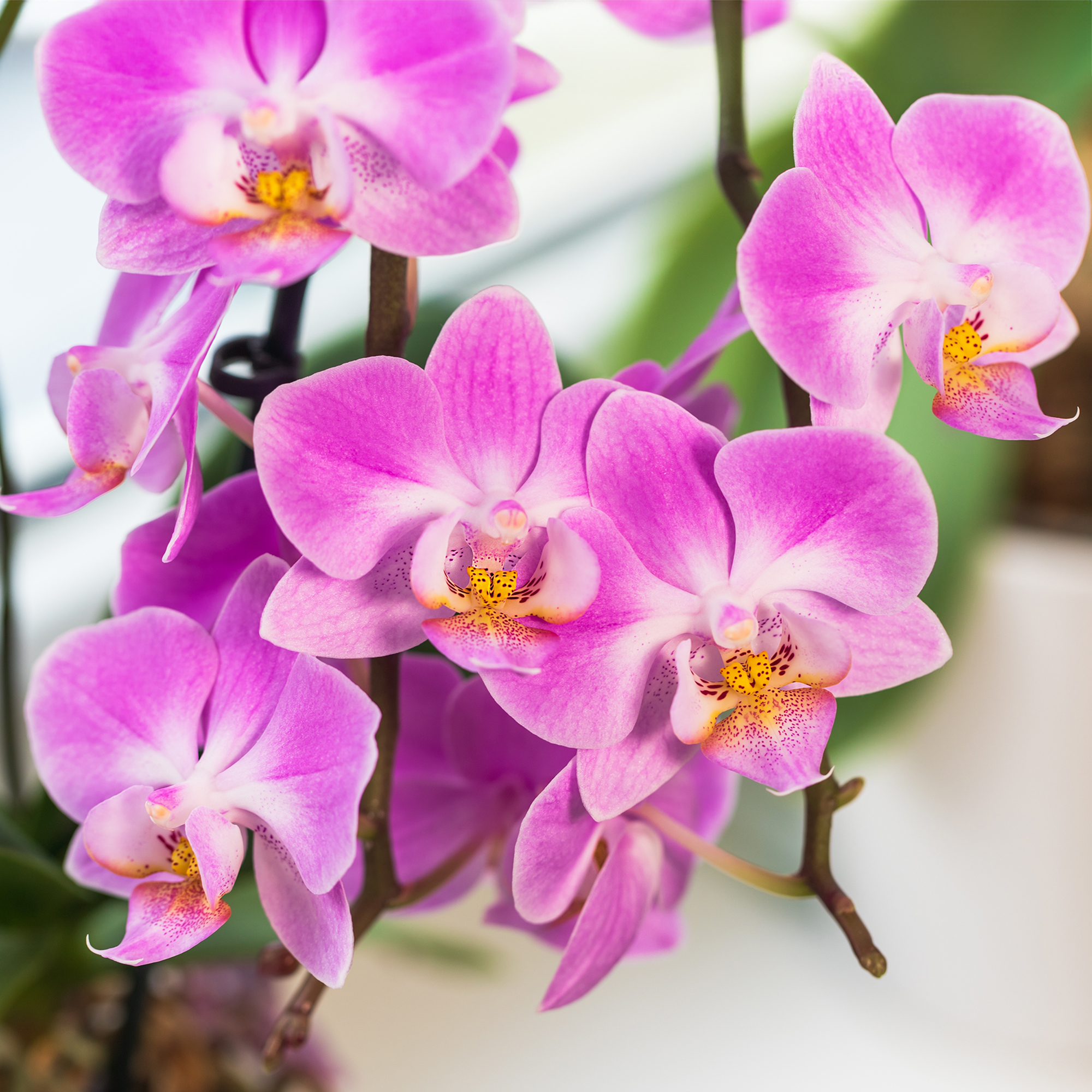Saving Dying Houseplants – Reasons Your Houseplants Keep Dying

Do your houseplants keep dying? There are many reasons why your houseplant might be dying, and it is important to know all of these so that you can diagnose and adjust your care before it is too late. How to save an indoor plant from dying may be as simple as making a few adjustments.
Reasons Houseplants Die
If your indoor plants keep failing, it’s most likely due to cultural issues, many of which can be easily fixed.
Too Much Water
If you are watering too frequently, or your soil is taking too long to dry out, your plant can suffer from root rot and die. Some signs of root rot include a plant with leaves that are wilting. If you notice that your leaves are wilted and the soil feels moist, chances are that you have root rot. You may also see that your plant has yellowing leaves that are falling off, or fungus growing on the surface of the soil.
To treat a plant that has suffered root rot, take your plant out of its pot, remove all the dead roots and as much of the potting soil that you can. Repot into a new container. Only water when the top inch (2.5 cm.) or so is dry.
Not Enough Water
The symptoms of not enough water can be the same as when the soil is too wet. Your plant may look droopy and have leaves that are falling off. When you notice these symptoms, feel the soil. If it is really dry, chances are that you are not providing enough water for your plant.
Be sure to soak the soil when you water until water runs out of the drainage hole. Then wait until the top inch (2.5 cm.) or so is dry before watering again. In most cases, unless you have succulents, you don’t want to wait until ALL of the soil has dried out.
Bad Drainage
Your pot should always have a drainage hole. If you don’t, water can collect at the bottom of the pot and cause root rot. If your pot does have a drainage hole, take care to not let your container sit in a saucer full of water.
Gardening tips, videos, info and more delivered right to your inbox!
Sign up for the Gardening Know How newsletter today and receive a free copy of our e-book "How to Grow Delicious Tomatoes".
If you don’t have a drainage hole, you can add one in the container or move the plant to a pot with adequate drainage and, if the other pot is a decorative one that is just slightly larger, you can place the newly potted plant inside it. After water has escaped the drainage hole, be sure to empty out any excess water that has collected in the saucer or pot that it’s sitting in.
Not Repotting
If you’ve had your houseplant in a pot for too long, over time the plant will become pot bound. The restricted conditions will eventually cause your plant issues.
You should evaluate your houseplants about every year or two to assess whether or not it’s time for repotting.
Not Fertilizing
Houseplants need to be fertilized regularly. If your plant has been growing well for a while and you start noticing that the leaves are yellowing and growth has slowed down, this could be because you’re not fertilizing.
Make fertilizing a regular part of your routine during the active growing season. On the flipside, take care not to overfertilize, which can be even more detrimental.
Not Enough Light
This one should go without saying. Plants need light to photosynthesize. If your houseplant looks weak, has sparse growth, smaller leaves and is far from a window, chances are that your houseplant is not getting enough light.
Get to know the light requirements of each specific houseplant. If your plant needs additional light, simply move it. If you do not have suitable natural light, you may need to seek out supplemental lighting options, such as grow lights.
Pests
Pests, like spider mites and mealybugs, are common and it is important to detect them early before things get out of hand.
If you notice any pests, wash your entire plant with warm water and then use an insecticidal soap. Be sure to cover all exposed surfaces of the plant.
-
 Looking For Full Sun Container Plants? Try These Gorgeous Plant Combos And Themes
Looking For Full Sun Container Plants? Try These Gorgeous Plant Combos And ThemesThere are plenty of heat-tolerant plants that thrive in containers – but if you’re stuck for ideas, these full sun container plants and planting ideas will help get you started
-
 Is Your Orchid Epiphytic? Why It Matters – And How To Tailor Care For The Best Blooms
Is Your Orchid Epiphytic? Why It Matters – And How To Tailor Care For The Best BloomsWith quirky aerial roots and exotic flowers, epiphytic orchids are unlike any other houseplant. Find out how to care for them and why they're worth the effort.
-
 8 Easy Care Houseplants That Live A Long Time
8 Easy Care Houseplants That Live A Long TimeClick here to learn about our 8 favorite low maintenance houseplants that can, with proper care, live a long time.
-
 How Often Should You Repot Plants?
How Often Should You Repot Plants?Escaping roots and shrinking leaves may mean your plant wants a new pot, but some like staying cramped and cozy.
-
 Orange Flowering Houseplant Varieties With Tropical Flair
Orange Flowering Houseplant Varieties With Tropical FlairClick here to learn about some cheerful orange-blooming houseplants you can try growing.
-
 Variegated Houseplants With Lovely Leaves
Variegated Houseplants With Lovely LeavesWhat are some of the best variegated houseplants to add to your collection? Click here to find out.
-
 Lovely, Lacy Indoor Foliage Plants
Lovely, Lacy Indoor Foliage PlantsClick here to learn about some houseplants with lacy foliage to add to your collection.
-
 Best Christmas Houseplants And Plants For Winter Holidays
Best Christmas Houseplants And Plants For Winter HolidaysClick here for an idea of the best houseplants to use for holiday décor for Christmas, Hanukkah, Kwanzaa, and New Year’s.
-
 Best Big Houseplants To Create An Indoor Oasis
Best Big Houseplants To Create An Indoor OasisIf you have the space you may want to grow some large houseplants. Here are some ideas.
-
 Relaxing Plants To Grow Indoors For A Calmer Mind
Relaxing Plants To Grow Indoors For A Calmer MindAre there houseplants that can help you to relax? Click here to find out.